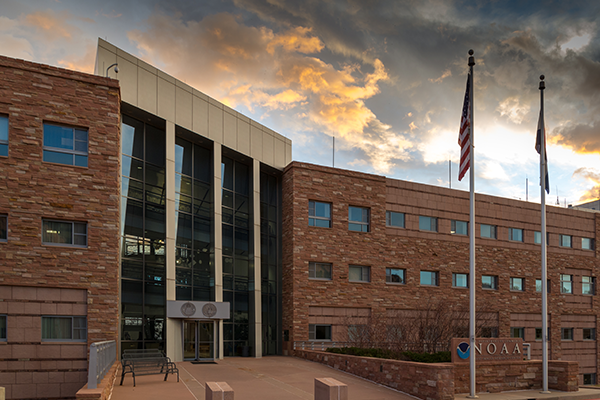
Long-term precipitation observed by vertically-pointing radars
Paul Johnston
NOAA/ESRL PSD
Tuesday, Feb 04, 2020, 2:00 pm
DSRC Room 1D403
Abstract
Vertically-pointing dwelling radars have been calibrated using co-located rain gauges (Hartten et al., 2019; Johnston et al., 2017; Hartten and Johnston, 2014). These calibrations were established using a few precipitation events with durations of 4 to 21 h. This presentation uses these calibrations to examine multiple events covering much longer time periods. This allows examination of some of the assumptions made in using these calibrations. By examining longer time periods inferences about the instrument and about the meteorology can be made.
Most of the original calibrations compare the total rain accumulations measured by the radars with a co-located tipping-bucket rain gauges. By utilizing total accumulation, short-term differences between the instruments are reduced, leading to a better estimate of the calibration. These differences include the classic problem of comparing point measurements with volume measurements, different time resolution of the instruments, and precipitation type. Multiple heights from the radar are used. These calibrations have been made predominantly during stratiform rain, so the Marshall-Palmer Z-R relationship was utilized.
These events presented here provide more information about the calibrations of these radars. They help to demonstrate the stability of the calibration and more information about the precision and accuracy of the calibration. Historical data from TOGA COARE is presented from the Manus Island 915 MHz wind profiler. Modern data is presented from a Snow-Level Radar (S-band) in New Hampshire.
Having well-calibrated radar data helps to answer difficult meteorological questions. This presentation is primarily about using co-located instruments for calibration purposes. When long duration data are used, interesting aspects of the meteorology start to be evident. For instance, having a calibrated wind profiler opens up studies of clear-air properties that are hard to routinely measure, such as Cn2. Applying this calibration to historical radar data also provides more atmospheric information without the cost of a new deployment.
You must provide an accepted form of identification at the Visitor Center to obtain a vistor badge. Security personnel also inspect vehicles prior to entrance of the site. Please allow extra time for these procedures.
After receiving a badge, you must arrive at the DSRC Lobby at least 5 minutes before the seminar starts to meet your security escort. If you arrive after that time, you will not be allowed entry.
Foreign Nationals: Please email the seminar contact at least 48 hours prior to the seminar to provide additional information required for security purposes.
Seminar Contact: tom.statz@noaa.gov